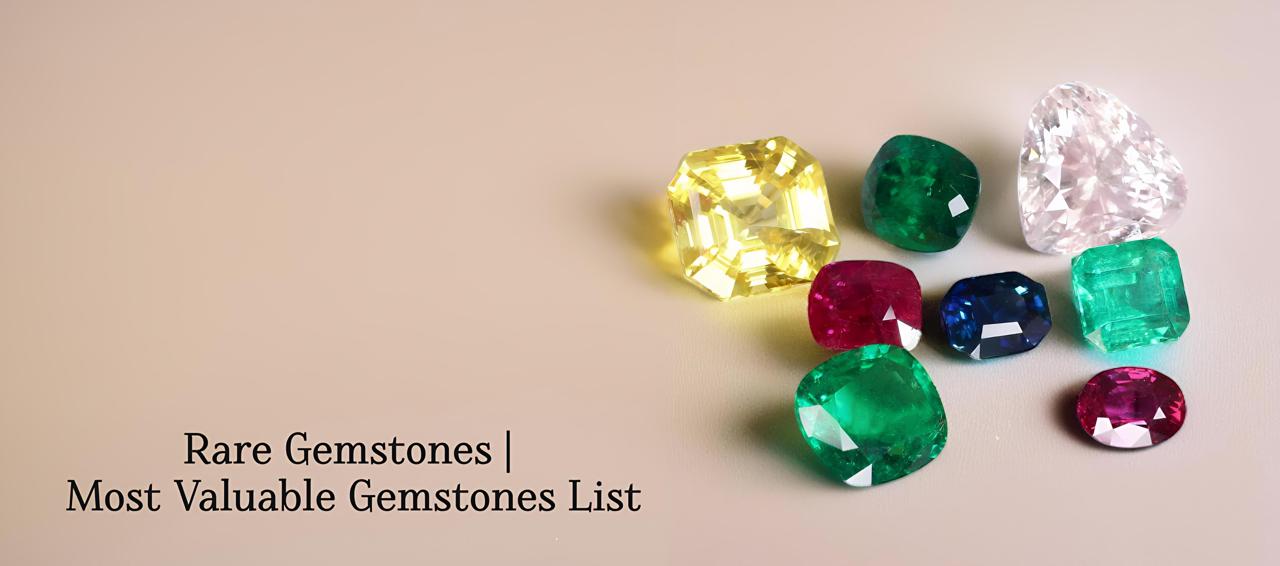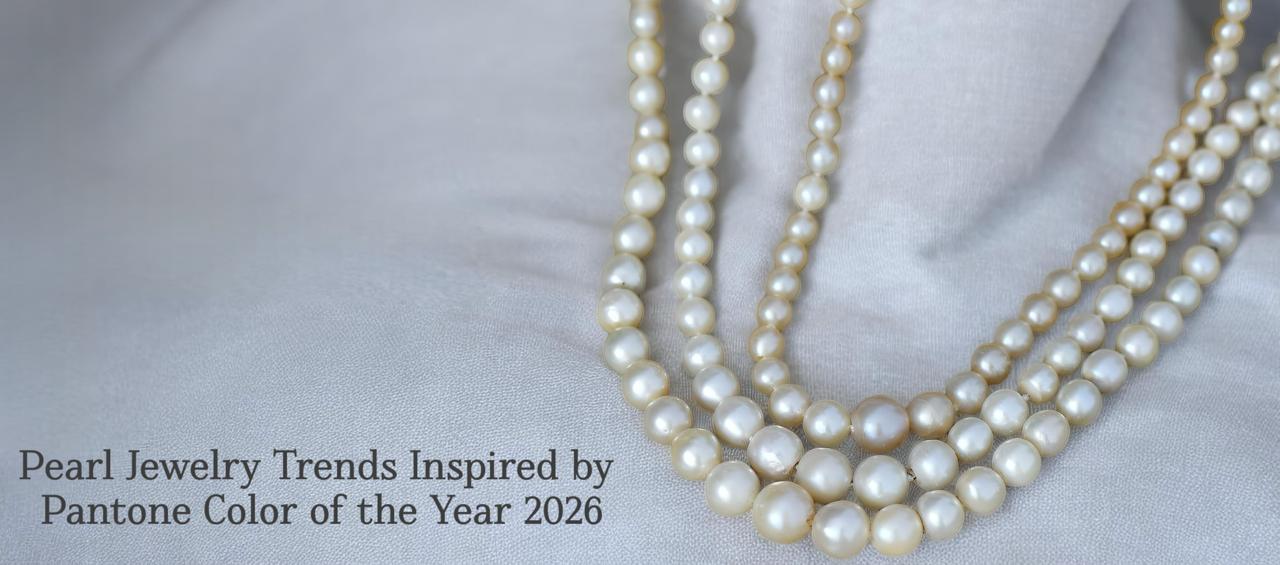 Categories
Categories 
When choosing such gemstone you meet a variety of options with different colors, clarity, and meanings. Aquamarine and emerald are two very popular yet highly contrasting options. Aquamarine is a blue-green beryl that reminds of the soothing colors of the ocean. In old legends, aquamarine was thought to imbue courage and provide safe passage for sailors. Emerald, however, is called the “Jewel of the Gods” as it is a very beautiful green color and was believed to help fertility and rebirth.
Although Aquamarine vs Emerald stone are similar in terms of chemical composition in beryl, their unique colors and meanings differentiate them. When choosing which gemstone suits your needs and tastes consider the individual characteristics and attraction of these two valuable beryls. With this guide, you make an informed decision on the cool stillness of aquamarine stone or the lush vitality of emerald.

Aquamarine and emerald are among the most popular and favorite precious stones. Though incredibly dissimilar in terms of chemical composition and color, they share some common traits. When choosing between aquamarine and emerald gemstone, several factors are important to consider:
Aquamarine derives its name from its light blue to dark teal color that resembles seawater. The emerald/panna stone color is bright green. The color varies depending on tiny amounts of iron, vanadium, and chromium. Emeralds with intense and saturated green colors are usually the most precious.
Both emerald and aquamarine are varieties of the same mineral family, that of beryl. 7.5 to 8 on the Mohs scale hardness , and they are hard which makes them suitable for jewelry. On the one hand, emeralds are more inclined to surface-reaching flaws and inclusions, so they need to be handled even more carefully to avoid any damage.

Most emerald's inclusions that spoil clarity. However, eye-clean emeralds of excellent clarity and color are very scarce and valuable. Aquamarine generally is less included and can reach higher clarity grades at lower prices.
Colombia, Zambia, Brazil, and Zimbabwe are also the leading producers of the world’s emeralds. Aquamarines are found in Brazil, Mozambique, Nigeria, and Madagascar. Emeralds from Colombian and Zambia are usually considered better in terms of color and quality.
High-quality emeralds are found to be much more costly than aquamarines because of their rarity and cherished green color. However, aquamarines are also rare colored gemstones that sell for good prices, particularly for large, fine-quality pieces from preferred locations.
Both are elegant and meaningful additions to any gemstone collection or jewelry wardrobe. If properly looked after, they become timeless pieces of the familial heritage that is passed on from generation to generation. If you want to know how much a Panna Ratna stone (emerald gemstone) costs, just ask jewelers or look online. The panna ratna price depends on things like trends, how much people want it, and any treatments the emerald has.
The trace of iron in the beryl crystal makes original aquamarine stone light blue. Emerald has extra chromium that provides it with an intense green color. Original panna stone is an extremely rare gemstone due to the very specific geological conditions in which chromium must be present when forming a panna ratna. Therefore, high-quality emeralds are much more valuable and costly than aquamarines.
Aquamarines have great transparency and clarity while emeralds are often marked with inclusions and imperfections. Perfect emeralds are very rare, thus small inclusion is to be expected just as they do not affect the value of an emerald considerably. However, large and conspicuous inclusions would degrade its value and marketability.
Panna ratna is also more prone to surface-reaching fissures and cracks, so they require special cutting and treatment. Aquamarines have a more stable crystal structure, so they are easier to cut and facet without damage. Most aquamarines do not require treatment before being set into jewelry.
In terms of Mohs hardness, aquamarine rates from 7.5 to 8, while emerald rates between 7.5 and 8. This makes both stones quite durable, though emeralds may require more frequent re-polishing.
Whether you prefer the light, oceanic blue of aquamarine or the lush green fire of emerald, both beryl gemstones are stunning choices. By understanding their distinct properties and differences, you can choose the gem that best fits your style and budget.
It is necessary to consider several aspects if a person should choose between such types of beryl gemstones as aquamarine and emerald. Aquamarine and emerald green stones belong to the same mineral family but have a different chemical composition and colors.
Aquamarine has a light blue color similar to the sea. It can be light blue to deep sea blue. Emerald is a strong green as fresh leaves. Its colors range from bluish-green to yellow-green green. If you like a bit of cool tones, you may prefer aquamarine. for a bright splash of color, emerald is a great color.

Aquamarine has a hardness of 7.5 to 8 on the Mohs scale, so it is quite durable and resistant to scratches. Emerald is slightly softer at 7.5, so it requires more care. For a gemstone to wear every day or in a piece of jewelry that gets frequent use, aquamarine may be better suited as it can withstand more wear and tear. Emerald is best reserved for occasional or special occasion use.
Aquamarine typically has very good clarity and transparency, with few inclusions visible to the naked eye. Emerald often has visible inclusions and imperfections, even in high quality. If clarity and transparency are important to you, aquamarine will likely meet your standards over emerald. However, some people find emerald inclusions give them a natural, organic appeal.
Generally, relatively good aquamarine is cheaper than emerald. Aquamarine can be a good budget pick for a colored gemstone. Emerald is considered one of the most valuable gemstones and only the very best, free of inclusions, and large size can be very expensive. Aquamarine offers an expensive alternative if budget is a concern.
Whether you choose aquamarine or emerald, the decision is based on your preferences – the importance of color, clarity, or price. Both gemstones could be the perfect accent to any jewelry collection. By assessing these factors, you can tell which is the most suitable gemstone for your requirements and preferences.
As you know, aquamarine and emerald are two beautiful but very contrasting gemstones. Aquamarine gives off a soothing light blue tone and sells at a modest price, while emeralds sparkle in a dark green shade and are classified as a precious gem. Both gemstones would be a great gift or an accessory, and it depends on your style and your budget to figure out which of these gems is perfect for you. It is at the end of the day that one can’t make a mistake with the serenity of aquamarine or the richness of emerald. Choose whichever gemstone resonates within you and wear it in good health, so that you can enjoy its sparkle for decades.





Pearl Jewelry Trends Inspired by Pantone Color of the Year 2026
January 5th, 2026